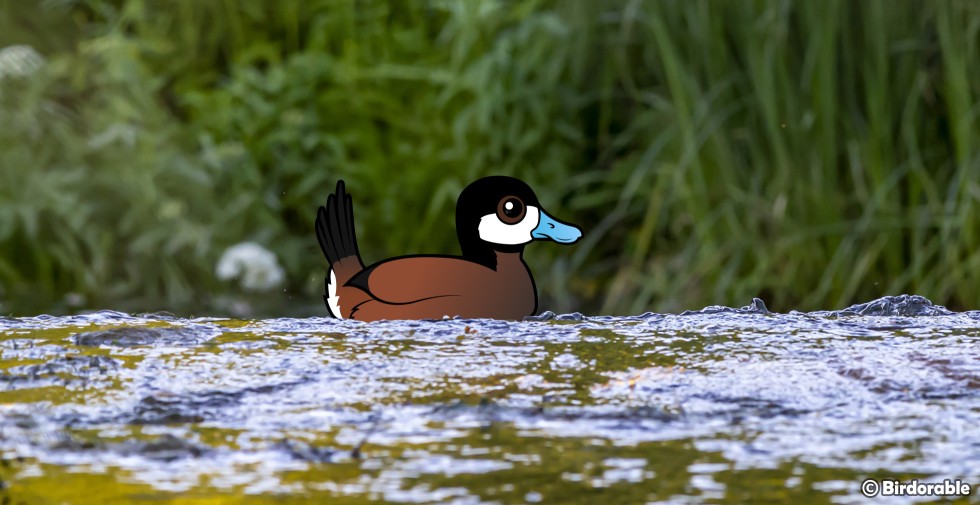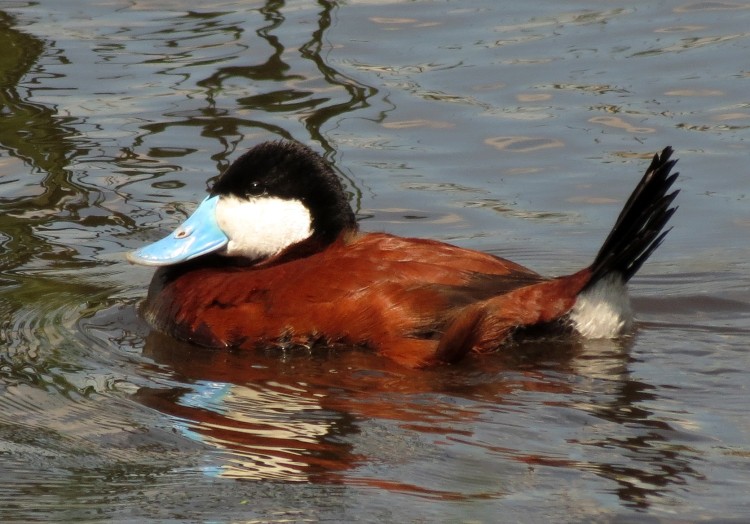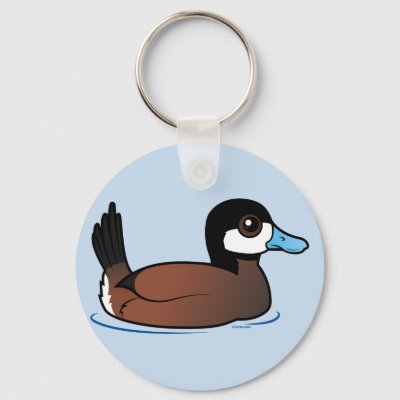A Closer Look at the Ruddy Duck's Colorful Life

In the world of waterfowl, the Ruddy Duck might not grab headlines like some of its more flamboyant cousins, but this little duck has a charm all its own that deserves a closer look. Known for its striking blue bill (in males during the breeding season) and compact, buoyant body, the Ruddy Duck is a pocket-sized powerhouse with some fascinating behaviors and characteristics that make it a delightful subject for birdwatchers and bird lovers alike.
Native to North and South America, Ruddy Ducks are small, stout freshwater ducks that belong to the genus Oxyura, which is known for its stiff-tailed ducks. Measuring about 14-17 inches in length, they have a distinctive appearance with a chunky body, large head, and a stiff tail that they often hold cocked up. The males are particularly eye-catching during the breeding season with their bright blue bills, rich chestnut bodies, and a bold black head. Females and non-breeding males are more subdued in color, with gray-brown plumage and a darker bill, but they share the same cheeky attitude and spunky demeanor as their more colorful counterparts.
One of the most endearing aspects of the Ruddy Duck is its courtship display. Males perform a bubbly display to attract females, where they beat their bills against their chest, creating a series of comical, popping sounds accompanied by a spray of water droplets:
Ruddy Ducks are also known for their incredible diving abilities. They feed by diving underwater to forage for food, munching on a diet that mainly consists of aquatic invertebrates, plant seeds, and roots. Their strong legs are set far back on their bodies, making them excellent swimmers but somewhat awkward on land. Watching a Ruddy Duck bob like a cork before suddenly disappearing under the water's surface is a treat for any nature observer.
Breeding season brings another interesting aspect of Ruddy Duck behavior: nest building. Females construct nests in dense marsh vegetation, using plant material to form a floating platform anchored to surrounding plants. They add a roof of vegetation for camouflage, creating a cozy and hidden retreat for their eggs. The dedication of Ruddy Ducks to their nesting sites is a testament to the importance of conserving wetland habitats, which are crucial for the survival of these and many other bird species.
Migration patterns of Ruddy Ducks vary, with some populations migrating long distances between breeding grounds in the northern parts of North America and wintering areas in the southern United States and Central America. Others are more stationary, living in the same region year-round. Despite their widespread range and adaptability, Ruddy Ducks face challenges from habitat loss and degradation. Conservation efforts are vital to ensuring that these charismatic birds continue to thrive in their natural habitats. Supporting wetland conservation initiatives and being mindful of our impact on natural ecosystems can help protect Ruddy Ducks and countless other species that depend on these environments.















Comments
Leave a comment
Thank you!